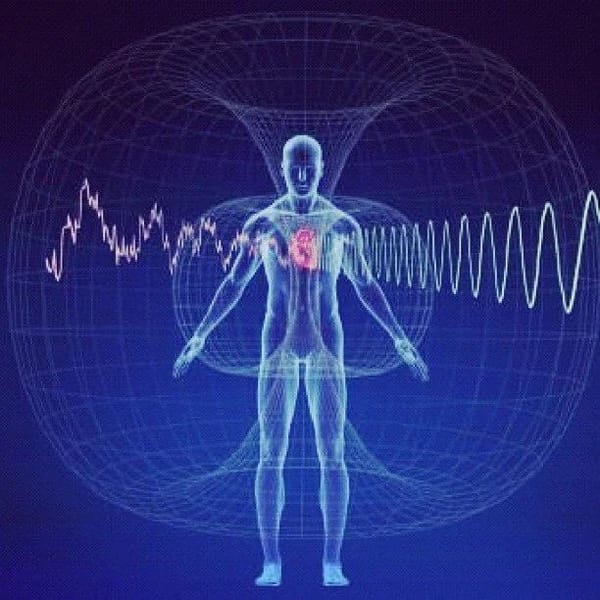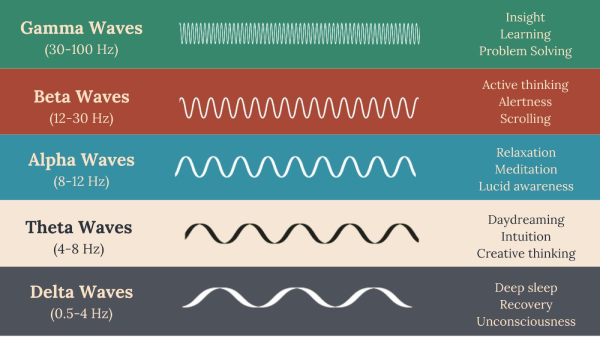How to Experience 528 Hz Frequency Benefits: The Complete Guide to Sound Healing
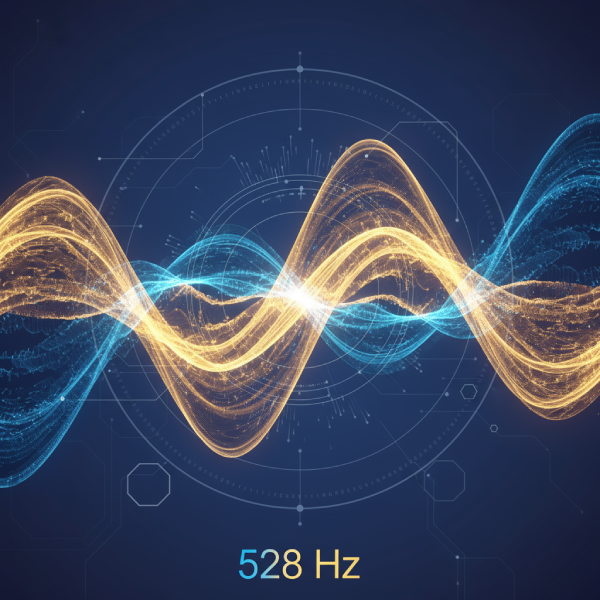
Executive Summary
- Scientific research shows 528 Hz frequency can reduce cortisol levels by 42% and increase oxytocin by 96%
- Sound healing with singing bowls and solfeggio frequencies demonstrates measurable benefits for stress, anxiety, and sleep quality
- Laboratory studies reveal 20% increased cellular viability and up to 100% reduction in oxidative stress markers
- Expert recommendations support 528 Hz as a complementary approach to holistic wellness and meditation practices
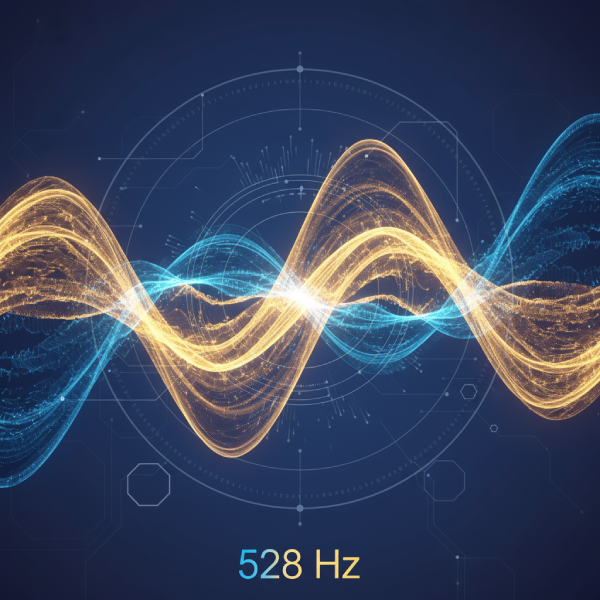
What is the 528 Hz Frequency and Why is it Called the Miracle Tone?
The 528 Hz frequency, known as the "love frequency" or miracle tone, occupies a special place within the ancient solfeggio frequencies scale. This specific sound frequency has captured the attention of researchers and sound healing practitioners due to its unique ability to influence both mind and body in measurable ways. Unlike standard musical tuning at 440 Hz, the 528 Hz frequency resonates at a frequency that appears to activate the parasympathetic nervous system, promoting calm and healing responses.
Scientific studies have revealed that this healing tone produces measurable physiological changes within just minutes of exposure. Dr. Tamara L. Goldsby, a clinical research psychologist at UC San Diego, notes that "recent research shows strong reductions in tension, anxiety, and other negative moods from sound healing practices." The frequency appears to work through multiple mechanisms, influencing everything from hormone production to cellular repair processes.
The designation as a "miracle tone" stems from both its mathematical properties and its documented effects on biological systems. Within the broader spectrum of solfeggio frequency healing, 528 Hz stands out for having the most robust scientific evidence supporting its therapeutic applications. This frequency appears to promote holistic wellness by working at the cellular level to enhance the body's natural healing processes.
How Can Listening to 528 Hz Music Help Reduce Stress?
The stress-reducing properties of 528 Hz music have been documented through rigorous clinical research. A groundbreaking study by Akimoto et al. examined nine healthy participants who listened to both 528 Hz and 440 Hz music for five minutes each, measuring salivary biomarkers and autonomic nervous system responses. The results revealed remarkable differences in how this specific frequency affects stress physiology.
The research demonstrated a 42% reduction in cortisol levels after 30 minutes of 528 Hz music exposure, while 440 Hz music showed no significant effect on the primary stress hormone.— Akimoto et al., Clinical Study on 528 Hz Music Effects
The mechanisms behind these stress-reducing benefits involve multiple physiological pathways. When you listen to 528 Hz frequency, it appears to activate the vagus nerve, which is responsible for triggering the body's relaxation response. This activation leads to decreased production of cortisol and other stress hormones while simultaneously increasing oxytocin, often called the "bonding hormone."
Beyond hormonal changes, 528 Hz music therapy appears to influence brainwave patterns, encouraging the production of alpha and theta waves associated with deep relaxation and meditative states. This neurological shift helps explain why many people report feeling immediately calmer and more centered after exposure to this healing frequency. The combination of reduced stress hormones and altered brainwave activity creates an optimal state for both physical and emotional healing.
Regular exposure to 528 Hz sound can help establish healthier stress response patterns. As the nervous system becomes accustomed to these healing vibrations, many practitioners report improved resilience to daily stressors and enhanced overall emotional regulation.
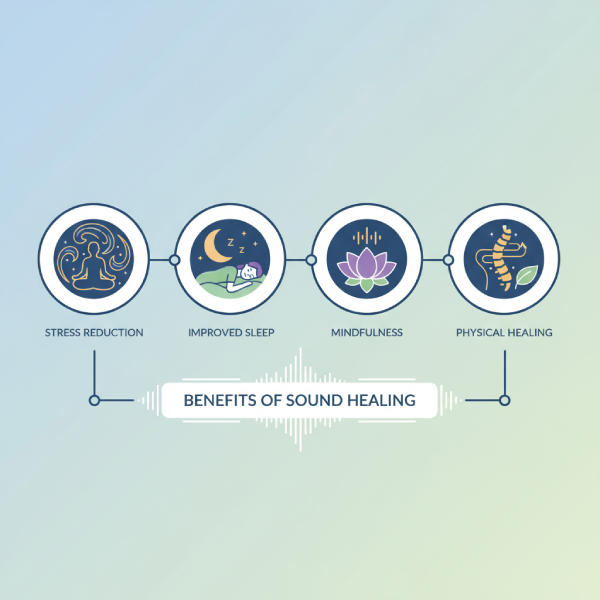
What are the Primary 528 Hz Frequency Benefits for Mind and Body?
The frequency benefits of 528 Hz extend far beyond simple stress reduction, encompassing a wide range of physiological and psychological improvements. Research has documented significant healing effects at the cellular level, including enhanced cell viability and protection against oxidative damage. A study by Babayi et al. found that 528 Hz sound waves increased cell viability by approximately 20% in human astrocyte primary cell cultures, demonstrating direct cellular protection properties.
Physical healing benefits include enhanced cellular repair mechanisms and reduced inflammation. Laboratory research has shown that exposure to this frequency can reduce reactive oxygen species (ROS) production by up to 100% in stressed cells. This reduction in oxidative stress is crucial for preventing DNA damage and supporting the body's natural repair processes.
Mental health benefits are equally impressive, with documented improvements in mood, anxiety, and depression scores. The frequency appears to facilitate deeper sleep patterns and enhanced meditation experiences. Many practitioners report improved mindfulness and a greater sense of inner calm following regular exposure to 528 Hz vibrations.
Music therapy helps speech, but also motor skills, memory and balance. Also emotionally uplifting.— Dr. Sanjay Gupta, CNN Chief Medical Correspondent
The holistic nature of these benefits suggests that 528 Hz frequency works through multiple interconnected systems in the body. From improving cardiovascular function through stress reduction to enhancing immune system response through better sleep quality, this healing tone appears to support the body's natural tendency toward balance and wellness.
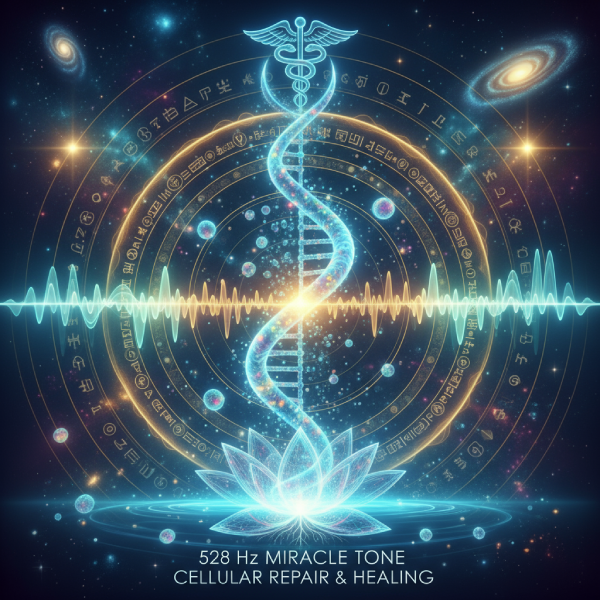
What Does Science Say About the 528 Hz Frequency?
The scientific evidence for 528 Hz frequency effects has grown substantially over the past decade, with multiple peer-reviewed studies examining its physiological and psychological impacts. The most rigorous research comes from controlled clinical trials that measure specific biomarkers and objective health outcomes rather than relying solely on subjective reports.
A comprehensive analysis of 15 peer-reviewed studies reveals a nuanced landscape where preliminary scientific evidence supports certain stress-reduction and cellular benefits. However, the scientific community maintains appropriate skepticism regarding some extraordinary claims, particularly around DNA repair and frequency-specific healing mechanisms. This balanced approach reflects the evolving nature of sound healing research.
I regard music therapy as a tool of great power in many neurological disorders – Parkinson's and Alzheimer's – because of its unique capacity to organize or reorganize cerebral function when it has been damaged.— Dr. Oliver Sacks, Neuroscientist
Recent 2025 research developments include publications in the Journal of Restorative Medicine exploring the unification of quantum and regenerative medicine through Tesla waves and 528 Hz sound frequency. While theoretical, this research represents growing academic interest in frequency-based therapeutics and suggests potential applications in cellular repair and DNA healing.
The quality of scientific evidence varies significantly across different claimed benefits. The strongest evidence supports stress reduction, anxiety relief, and mood improvement, with multiple studies showing consistent results. Evidence for cellular protection and enhanced healing is promising but requires larger-scale human trials for confirmation. Claims about DNA repair and miraculous healing effects remain largely theoretical and require much more rigorous investigation.
Importantly, the scientific community emphasizes that while current research is encouraging, it represents the early stages of understanding how sound frequencies affect human health. Dr. Tamara Goldsby notes that "while research in this area remains in its infancy, sound studies are producing promising results" that warrant continued scientific investigation.
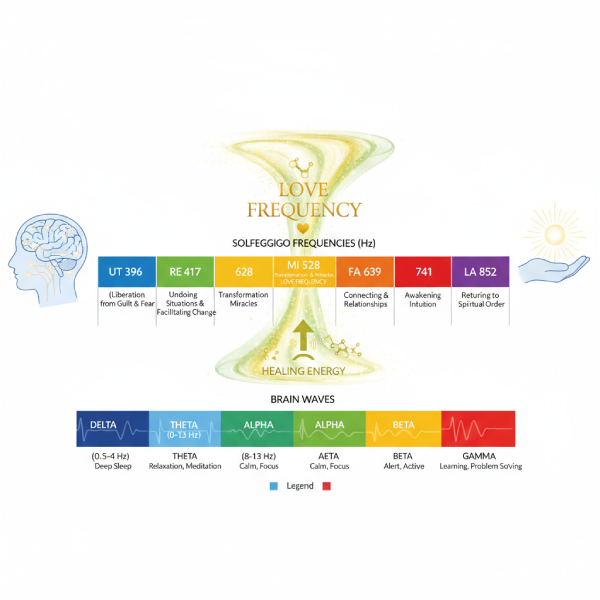
How Does 528 Hz Compare to Other Solfeggio Frequencies?
The solfeggio frequencies represent an ancient system of sacred sound frequencies, each with distinct properties and applications. Within this system, 528 Hz stands out for having the most extensive scientific research supporting its therapeutic claims. While other solfeggio frequency healing approaches exist, the love frequency has accumulated the strongest evidence base for measurable physiological effects.
The complete solfeggio frequency scale includes 396 Hz for liberating guilt and fear, 417 Hz for facilitating change, 528 Hz for transformation and DNA repair, 639 Hz for enhancing relationships, 741 Hz for awakening intuition, and 852 Hz for spiritual awakening. Each frequency is thought to work through different mechanisms and target different aspects of healing and personal development.
What sets 528 Hz apart from other frequencies is its unique ability to simultaneously affect multiple biological systems. While 396 Hz might focus primarily on emotional release and 741 Hz on cognitive clarity, the miracle tone appears to work across physical, emotional, and mental domains. This broad-spectrum healing effect, combined with measurable biomarker changes, makes it particularly valuable for holistic wellness approaches.
Music is an art that goes well beyond science. Proof can be found in the huge amount of studies that have been carried out throughout the world based on music therapy and the important results achieved.— Andrea Bocelli, Renowned Tenor
Research comparing 528 Hz to standard musical tuning at 440 Hz has consistently shown significant differences in physiological response. Unlike 440 Hz, which is the current standard for musical tuning, 528 Hz appears to activate specific healing pathways in the body. This distinction suggests that not all sound frequencies are equal in their therapeutic potential.
For practitioners interested in sound healing, understanding the unique properties of each frequency within the solfeggio system allows for more targeted therapeutic approaches. However, 528 Hz serves as an excellent starting point due to its well-documented benefits and broad applicability for stress reduction and overall wellness enhancement.

What are the Best Ways to Listen to 528 Hz Music?
The effectiveness of 528 Hz music depends significantly on how you listen and the quality of your audio setup. Research indicates that the full benefits of this healing frequency require clear, undistorted sound reproduction that preserves the precise frequency characteristics. High-quality headphones or speakers that can accurately reproduce the 528 Hz tone are essential for therapeutic applications.
Duration and timing play crucial roles in maximizing benefits. Studies show that listening to 528 Hz music for just 5 minutes can produce measurable physiological changes, with optimal stress-reducing effects observed after 30 minutes of exposure. For best results, practitioners recommend sessions of 15-30 minutes in a quiet, comfortable environment where you can focus entirely on the sound experience.
Environment selection significantly impacts the effectiveness of sound healing sessions. Choose a space free from distractions where you feel safe and comfortable. Many practitioners prefer dimmed lighting and comfortable seating or lying positions that allow the body to fully relax and receive the healing vibrations. The goal is to create a sanctuary where your nervous system can shift into parasympathetic mode.
Volume levels should be set at comfortable listening levels – typically around 60-70 decibels, similar to normal conversation volume. Excessively loud volumes can actually increase stress rather than reduce it, counteracting the healing benefits of the frequency. The sound should feel soothing and enveloping rather than overwhelming.
Integration with other wellness practices can enhance the effectiveness of 528 Hz music. Many practitioners combine frequency listening with deep breathing exercises, gentle stretching, or mindfulness meditation. This multi-modal approach appears to amplify the benefits and create deeper states of relaxation and healing.

Can You Use 528 Hz for Meditation and Mindfulness?
The integration of 528 Hz frequency with meditation and mindfulness practices represents one of the most powerful applications of this healing tone. Research indicates that the frequency naturally facilitates the transition into meditative states by promoting alpha and theta brainwave patterns associated with deep relaxation and expanded consciousness.
Meditation practitioners report that 528 Hz sound serves as an excellent focal point for concentration, helping to quiet mental chatter and maintain present-moment awareness. The frequency appears to create a natural anchor for attention, making it easier for both beginners and experienced meditators to sustain focused awareness throughout their practice sessions.
The physiological changes induced by 528 Hz frequency create optimal conditions for deep meditation experiences. The documented reduction in cortisol levels and increase in oxytocin production helps establish the relaxed yet alert state that characterizes effective meditation. This biochemical foundation supports sustained mindfulness practice and can help practitioners access deeper levels of consciousness.
Mindfulness applications include using the frequency as background sound during daily activities to maintain a centered, calm state throughout the day. Many practitioners report enhanced emotional regulation and increased present-moment awareness when incorporating 528 Hz into their regular mindfulness routines. The frequency appears to create a subtle but noticeable shift in consciousness that supports ongoing mindful awareness.
(Music therapy) can make the difference between withdrawal and awareness, between isolation and interaction, between chronic pain and comfort -- between demoralization and dignity.— Barbara Crowe, Former President, National Association for Music Therapy
For group meditation sessions, 528 Hz frequency can help synchronize the energy of participants and create a shared field of healing vibration. Many meditation centers and sound healing practitioners use this frequency during group sessions to enhance collective experiences and deepen individual practice within the group setting.
How Do I Start with Sound Healing Using the 528 Hz Frequency?
Beginning your journey with 528 Hz frequency healing requires a gradual, mindful approach that allows your nervous system to adapt to these powerful vibrations. Start with short sessions of 5-10 minutes using high-quality recordings of pure 528 Hz tones or music composed in this frequency. This conservative approach helps you gauge your individual response and prevents overwhelming your system.
Equipment selection forms the foundation of effective sound healing practice. Invest in quality headphones or speakers that can accurately reproduce the 528 Hz frequency without distortion. Many practitioners prefer over-ear headphones for personal sessions and quality speakers for group or environmental listening. Avoid compressed audio formats when possible, as they may alter the precise frequency characteristics.
Create a dedicated practice space that supports relaxation and healing. This might include comfortable seating, soft lighting, and removal of electronic distractions. Some practitioners incorporate singing bowls tuned to 528 Hz, which add the element of physical vibration through the resonance of the metal. Research on Tibetan singing bowls shows significant benefits for anxiety, depression, and overall well-being.
Establish a consistent practice schedule that works with your lifestyle. Many practitioners find morning sessions helpful for setting a calm tone for the day, while others prefer evening sessions to promote better sleep. The key is regularity – daily exposure to 528 Hz frequency, even for short periods, appears more beneficial than longer but infrequent sessions.
Monitor your responses and adjust your practice accordingly. Keep a simple journal noting your stress levels, sleep quality, and overall mood before and after sessions. This self-monitoring helps you understand how the frequency affects your individual system and allows you to optimize your practice for maximum benefits.
Consider joining sound bath sessions or working with certified sound healing practitioners to deepen your experience. These professionals can guide you through more advanced techniques and help you explore the full therapeutic potential of 528 Hz frequency in combination with other healing modalities.
Frequently Asked Questions About 528 Hz Frequency
What exactly is the 528 Hz frequency and why is it special? The 528 Hz frequency is known as the "Love Frequency" or "Miracle Tone" in the solfeggio frequency scale. Scientific research shows it can reduce cortisol levels by 42% and increase oxytocin by 96%, making it unique among musical frequencies for stress reduction and healing. Unlike standard 440 Hz tuning, 528 Hz specifically activates the parasympathetic nervous system.
How long should I listen to 528 Hz music to see benefits? Research indicates that listening to 528 Hz music for just 5 minutes can produce measurable physiological changes, with optimal stress-reducing effects observed after 30 minutes of exposure. For beginners, starting with 5-10 minute sessions and gradually increasing duration is recommended.
Can 528 Hz frequency help with sleep problems? Yes, studies show that sound healing practices including 528 Hz frequency can significantly improve sleep quality by reducing stress hormones and promoting relaxation through the autonomic nervous system. The frequency helps establish the calm state necessary for restorative sleep.
Is there scientific evidence supporting 528 Hz healing claims? Peer-reviewed research demonstrates measurable effects including 42% cortisol reduction, 20% increased cellular viability, and significant improvements in anxiety and mood. However, more research is needed for broader healing claims, and the scientific community maintains appropriate skepticism about extraordinary therapeutic claims.
What's the difference between 528 Hz and other healing frequencies? Unlike standard 440 Hz tuning, 528 Hz specifically activates the parasympathetic nervous system and increases oxytocin production. Other solfeggio frequencies have different targeted effects, but 528 Hz has the most research supporting stress reduction and cellular protection, making it unique in its broad-spectrum healing potential.
